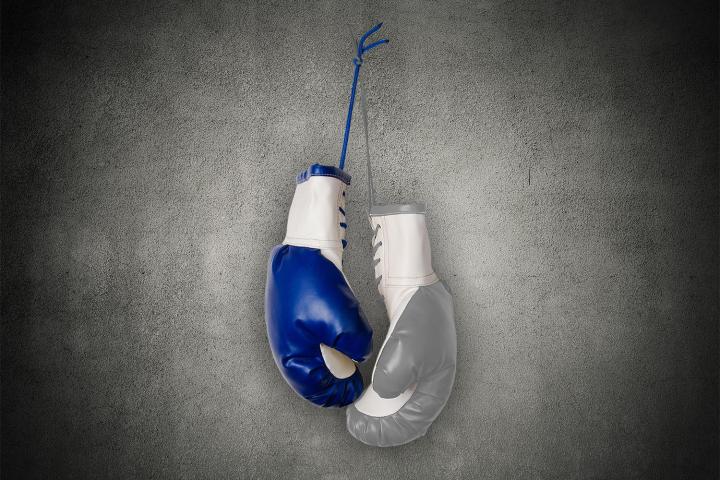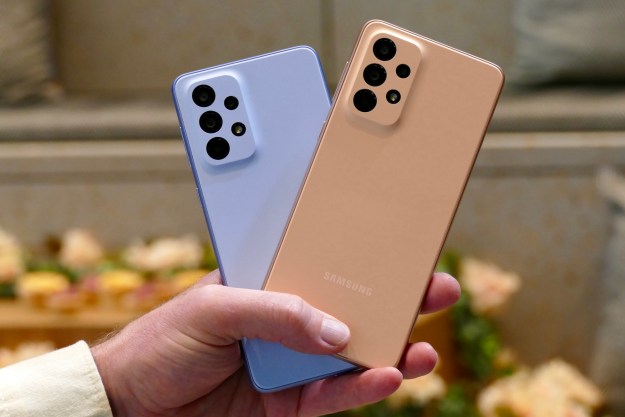
Decided within a San Jose court earlier today, a jury in California just awarded Apple a judgement of $119.6 million from Samsung for infringing on patents related to the development of new smartphones. Specifically, the jury members believe that Samsung directly infringed on Apple’s “quick links” patent in all Samsung mobile devices. That particular patent is related to links embedded within text and the process that occurs when the user interacts with those links. In fact, the bulk of the damages were awarded for Samsung use of “quick links” on the S3 smartphone, approximately $52 million of the overall total.
In addition, the jury found that Samsung infringed on Apple’s “slide to unlock” patent on the Samsung’s Admire, Galaxy Nexus and Stratosphere. However, the jury ruled that Samsung didn’t not infringe on that patent when it came to the Samsung Galaxy S2, Galaxy S2 Epic 4G Touch and the Galaxy S2 Skyrocket. However, the jury also found that Samsung infringed on Apple’s “autocorrect” patent on all Samsung devices.
Interestingly, the jury ruled that Samsung did not infringe on Apple’s “universal search” patent or Apple’s “background sync” patent. Conversely, they also found that Apple was infringing on Samsung’s video transmission patents by offering FaceTime video calling to users. However, the penalty for this infringement was much smaller in comparison to the other monetary award. Basically, Apple has to pay Samsung a sum of $158,400 for the infringement or perhaps just reduce the overall award to Apple down to $119.44 million.

Of course, $119.6 million is just a minor portion of the $2.2 billion that Apple was originally seeking for the patent infringement. Approximately five percent of the original figure, some analysts are calling this a win for Samsung, in that the total figure was far less than what Apple originally wanted. It’s also likely that Apple spent tens of millions on legal fees, thus diluting the monetary judgement even more. Alternatively, Samsung was seeking 6 million for patent infringement related to the video transmission patents.
Releasing a statement about the decision, an Apple representative said “We are grateful to the jury and the court for their service. Today’s ruling reinforces what courts around the world have already found: that Samsung willfully stole our ideas and copied our products. We are fighting to defend the hard work that goes into beloved products like the iPhone, which our employees devote their lives to designing and delivering for our customers.” Samsung has not released a statement about the decision at the time of publication of this article.
Today’s judgement hasn’t completely brought the trial to an end though. The jury will be meeting again on Monday to determine other damages related to the Samsung Galaxy S2. Based on today’s ruling, that could increase the overall award for Apple. According to trial coverage, the jury is comprised of a former business executive at IBM, an assistant at Seagate, an employee of the Los Gatos police department, another executive assistant, a former teacher and a property manager. Before reaching the verdict, the jury deliberated for three days. Prior to that, this trial lasted about four weeks.
Editors' Recommendations
- The OnePlus 12 has one big advantage over Samsung and Apple
- Samsung Galaxy S23 Ultra vs. iPhone 14 Pro Max: Apple better watch out
- Apple Health vs. Samsung Health? What I learned after using both
- Apple AirPods Pro 2 vs. Samsung Galaxy Buds 2 Pro
- The EU wants Apple and Samsung to make more repairable phones, improve battery efficiency

